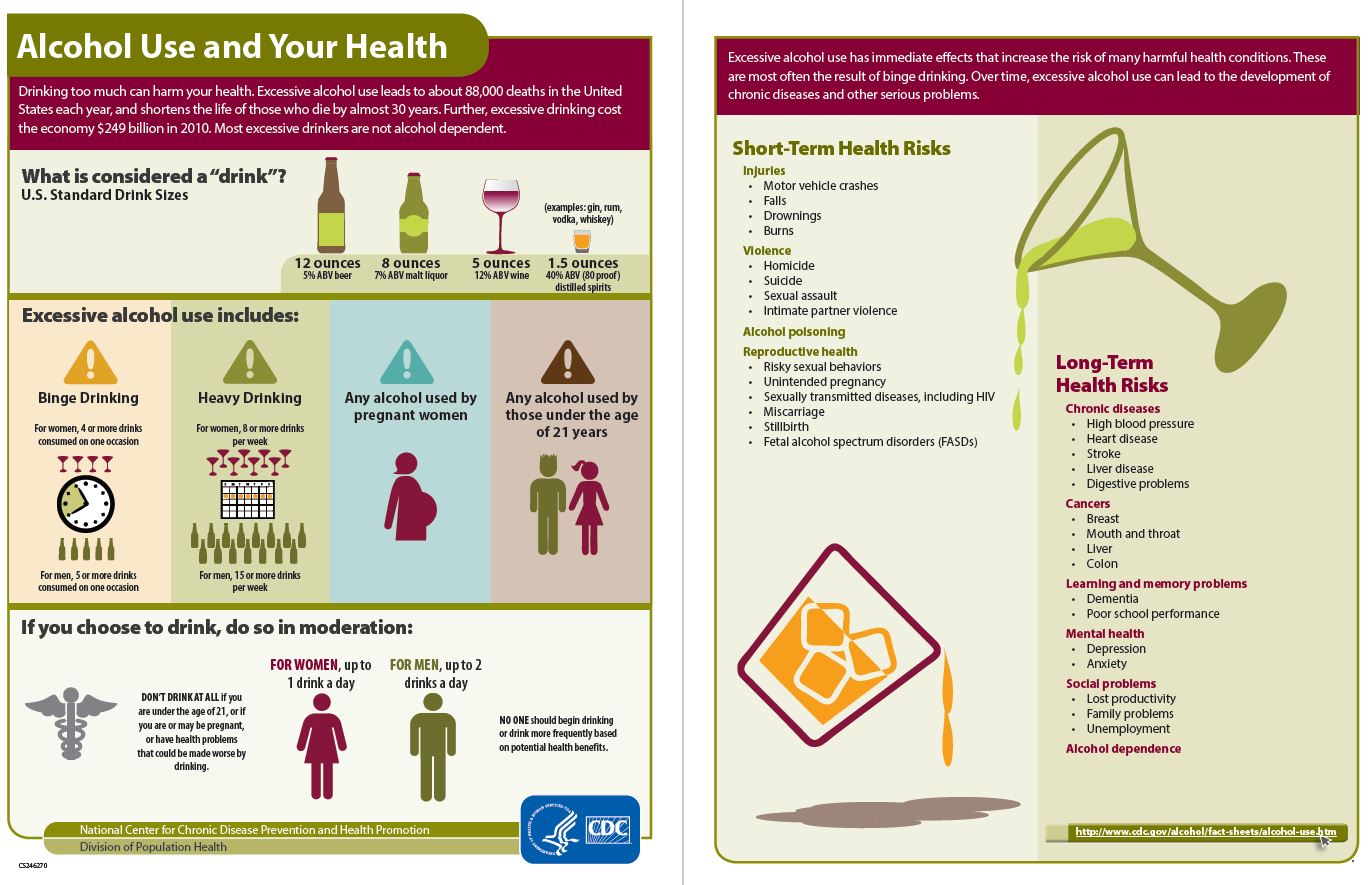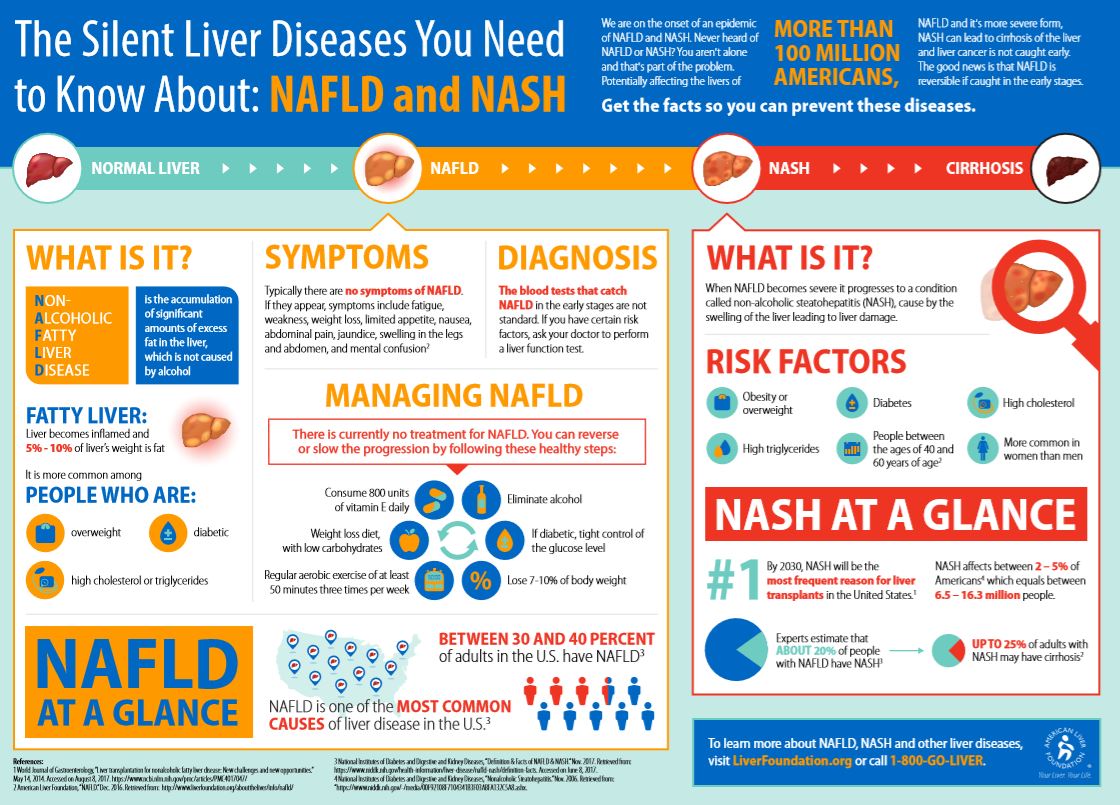
Associate Professor of Medicine
Division Head, UW Gastroenterology
Cyrus E. Rubin Endowed Chair in Medicine
Dr. Carr is a basic science researcher and clinical hepatologist who specializes in the care of patients with fatty liver diseases. Her laboratory uses complementary in vivo and cellular approaches to investigate the mechanisms of insulin resistance in non-alcoholic fatty liver disease, known as metabolic dysfunction-associated steatotic liver disease (MASLD), and alcoholic-associated liver disease (ALD).
Research Focus
Non-alcoholic & Alcoholic-associated liver disease
The Carr Lab aims to understand how dysregulation of hepatic metabolism promotes liver disease. Current projects involve investigating the role of lipid metabolites and lipid droplet proteins in impairing hepatic insulin signaling, a key event in the earliest stage of several metabolic liver diseases.
Non-alcoholic fatty liver disease
What is fatty liver? The term “fatty liver” refers to extra fat in the liver. The liver normally has less than 5% fat. A “fatty liver” means that the liver has more than 5% fat. Typically, this fat is seen on ultrasound, CT scan, or MRI; however, in some patients, it is diagnosed by a liver biopsy.
What causes fatty liver? There are many causes of “fatty liver.” Worldwide, the most common cause is excessive alcohol consumption. In patients who do not drink excessive alcohol, “fatty liver” can be caused by viral infections, certain medications, genetic conditions, rapid weight loss, or weight gain.
A condition called non-alcoholic fatty liver disease (NAFLD) usually refers to fatty liver that develops due to too much fat circulating in the bloodstream. Many of these patients are overweight or obese; have a family or personal history of diabetes, high cholesterol, or high blood pressure (metabolic syndrome); and have a reduced response to an important hormone called insulin. NAFLD affects approximately 30% of the US population.
What is NASH? NASH stands for non-alcoholic steatohepatitis. This is the combination of fatty liver with liver inflammation. Some patients with NASH can develop scarring of their liver (fibrosis). Patients with liver fibrosis can also develop cirrhosis or liver cancer.
How much alcohol is too much? The amount of alcohol that is considered excessive is different for men and women. Men should consume no more than 2 drinks a day; women should consume no more than 1 drink a day.
How do I cure fatty liver? First, we recommend you seek medical care from a provider with experience treating patients with fatty liver diseases. In general, the cure for fatty liver depends on the cause. For example, if your fatty liver is due to alcohol, then we recommend you abstain from drinking alcohol. We have provided some resources here to support those who are dependent on alcohol.
If your fatty liver is due to obesity or metabolic syndrome, we recommend dietary changes and weight loss of 10% of your current body weight. Your provider will discuss with you specific ways to achieve this goal.
Are there research studies on fatty liver? Yes, there are several ongoing studies. If you are interested in learning more about these research opportunities at the University of Washington, please discuss this with your provider and request a referral.
Learn about symptoms, prevention, and treatment
Alcoholic-Associated liver disease
Causes
Chronic alcohol abuse can lead to liver damage called alcoholic-associated liver disease.
The current guideline recommended that if alcohol is consumed, it should be - only for adults of legal drinking age - up to 1 drink/day for women and 2 drinks/day for men.
Excessive alcohol use can cause swelling and inflammation of the liver, and chronic excessive alcohol consumption can lead to scarring (fibrosis) and cirrhosis of the liver. Cirrhosis is the final phase of alcoholic liver disease; at this stage, the liver damage is unfortunately irreversible.
Excessive alcohol consumption:
- Binge drinking is defined as ≥4 drinks per occasion for women and ≥5 drinks per occasion for men. Binge drinking brings blood alcohol concentration (BAC) levels to 0.08 g/dL (in about 2 hours)
- Heavy drinking is defined as consuming ≥8 alcoholic beverages per week for women or ≥15 alcoholic beverages per week for men; or binge drinking on 5 or more days in the past month.
- Any drinking by pregnant women or those younger than age 21.
- If you cannot stop drinking, you may need an alcohol rehabilitation program or counseling to help you stop drinking.
If you cannot stop drinking, you may need an alcohol rehabilitation program or counselling to help you stop drinking.If you cannot stop drinking, you may need an alcohol rehabilitation program or counselling to help you stop drinking.If you cannot stop drinking, you may need an alcohol rehabilitation program or counselling to help you stop drinking.If you cannot stop drinking, you may need an alcohol rehabilitation program or counselling to help you stop drinking.
Learn about symptoms, prevention, and treatment






